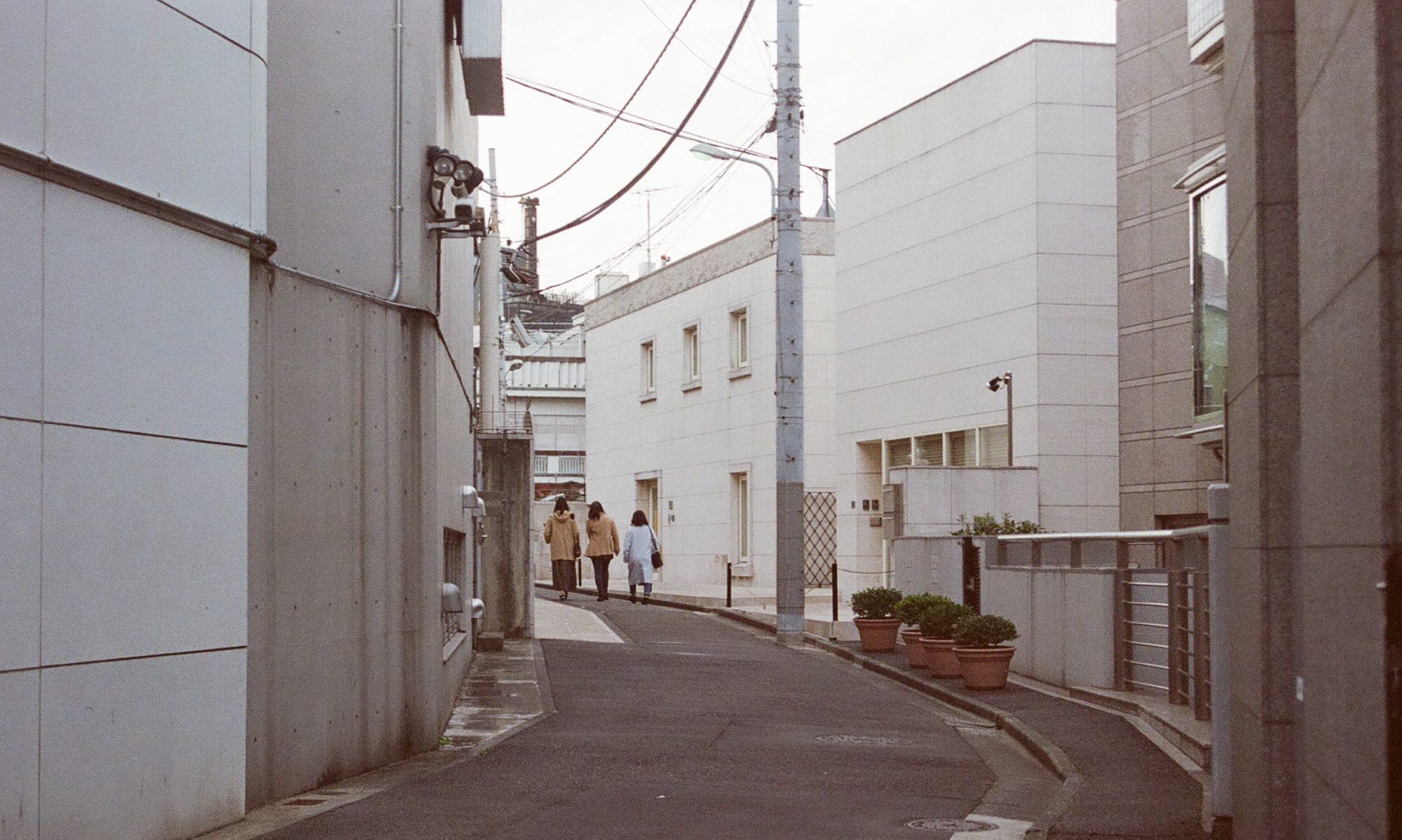Narratives are usually associated with the linear, from one singular output. However, contemporary interactive narratives involve the deconstruction of stories and their presentation, making the process of navigating and finding the narrative an interesting one.
Lynn Hershman – Lorna (1979-1984)

Lorna, the first interactive video art disc, was presented on a television screen within a installation space of various furniture and narrative-specific objects. The space is constructed as Lorna’s (the main character) apartments and each object tells a piece of information of Lorna’s life and history. The work consists of 17 minutes of video and 36 chapters and when approached by the viewer, re-contextualises the work as the sequence changes.


Lorna is a woman who is confined to her apartment with no contact to the outside world, except for the television. The viewer interacts and make choices for the protagonist, and searches for logics and connections between the deconstructed narrative to form his own. In some way becoming the protagonist, the viewer is positioned in her space and is confronted with the self-directed existence of a person alone.



Cecile B. Evans – What the Heart Wants, Handy if you are learning to fly and Endurance Study: A Pictorial Guide

In What the Heart Wants (2016), Evans dives into the future where technology becomes so advanced that the line between human and machine is questionable. In a time known as “After K”, the non-linear narrative centers around the female protagonist, HYPER, an omnipotent system. Humanity is questioned in a time where machine and consciousness are interconnected.
https://www.moma.org/collection/works/212956?artist_id=61404&locale=en&page=1&sov_referrer=artist
In the Berlin biennale, the work is curated and placed in front of a T-shaped platform surrounded by water. The video features various scenes including students in the car of a robot, commercials, an immortal cell named “HELA,” a memory of 1972, and various other narrative strands. Surrounding the platform are stands of moving holographic images of butterflies, an airplane, a crowd and 3D mass of arms from the work Handy if you are learning to fly and Endurance Study: A Pictorial Guide.

The works come together as an interactive narrative installation to present an imaginative but unsettling piece of science fiction. His work reinvent the way a narrative is presented, using space and video to present a reality in multiple dimensions.
References
http://www.medienkunstnetz.de/works/lorna/images/4/
https://www.vice.com/en_us/article/pgq9y8/berlin-biennale-present-drag-our-favorite-artworks
Cécile B. Evans “What the Heart Wants” at Kunsthalle Winterthur

